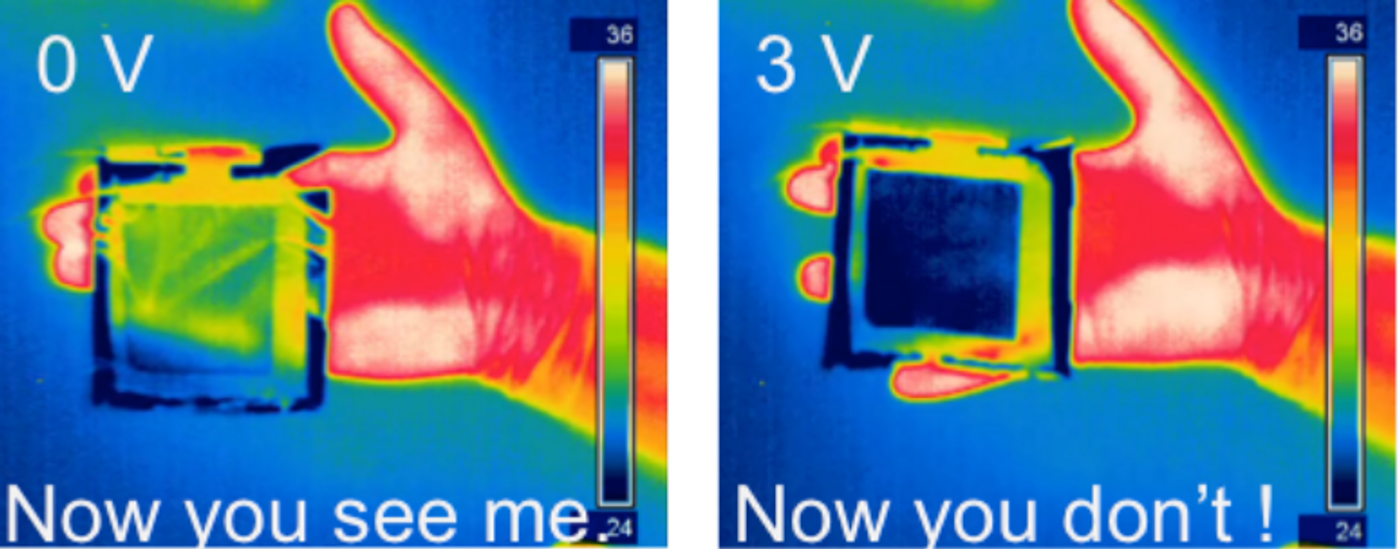Thermal Camouflage is Here
Many of our camouflage methods are inspired by natural creatures. The same is true of a new flexible device that is the result of a nanoscience endeavor at the School of Materials and National Graphene Institute at the University of Manchester. In these departments, materials scientist Coskun Kocabas and his team have created an invention that can hide objects that emit heat from thermal scanners. So, they can make hot objects appear cooler. They can also make cool objects appear warmer -- the scientists can adapt the thermal emissions of the object in real time. Proof of their success is visible below.
To arrive at this accomplishment, Kocabas first drew inspiration from the cuttlefish, seen below, which is an expert in changing its appearance and blending in. Kocabas described his fascination with these animals to Discover Magazine:
It can change its skin texture [and] color very fast and it can adapt itself and it will blend itself into the background. We were really amazed with this ability, and we tried to mimic this in the infrared, and I think we were quite successful in that sense.
“Various biological mechanisms have evolved to tune the reflectivity for visible and ultraviolet light … Thermal camouflage, however, has been an outstanding challenge which requires an ability to control the emitted thermal radiation from the surface,” the abstract states in the journal Nano Letters.
To tackle this feat, they built a tiny device no wider than a strand of hair. It contains layers of materials that can control the amount of infrared light emitted by an object when electricity passes through them. On the bottom is gold-coated nylon and in the middle, plastic soaked in liquid salts, which conduct electricity. On the top are several layers of graphene, which is made of thin sheets of carbon, and which Kocabas previously studied in Turkey. He explored how graphene can control light. In this case, when electrical currents move through the device, ions -- charged atoms -- are pulled into the graphene layers. By adjusting the voltage of the device, the scientists can change the amount of infrared light released and effectively hide a heat source, such as a body.
“Here we report a new class of active thermal surfaces capable of efficient real-time electrical-control of thermal emission over the full infrared spectrum without changing the temperature of the surface,” the authors write. They were able to give their invention a feedback system that allows it to constantly adjust its infrared emissions to match the surrounding environment.
This material is described as thin, light and ultra-flexible. The creators say it can “conformably coat [its] environment,” so it has obvious camouflage applications. But, the researchers had another goal in developing this technology; along with mimicking the way natural beings carry off concealment, they wanted to imitate the visual signaling seen in the cuttlefish and other surface-altering pros. They were successful on both counts. By creating an array of square pieces of the invention and controlling each square’s voltage separately, they were able to create patterns and even legible letters and words with the devices that were visible with thermal imaging -- see below.
Sources:










